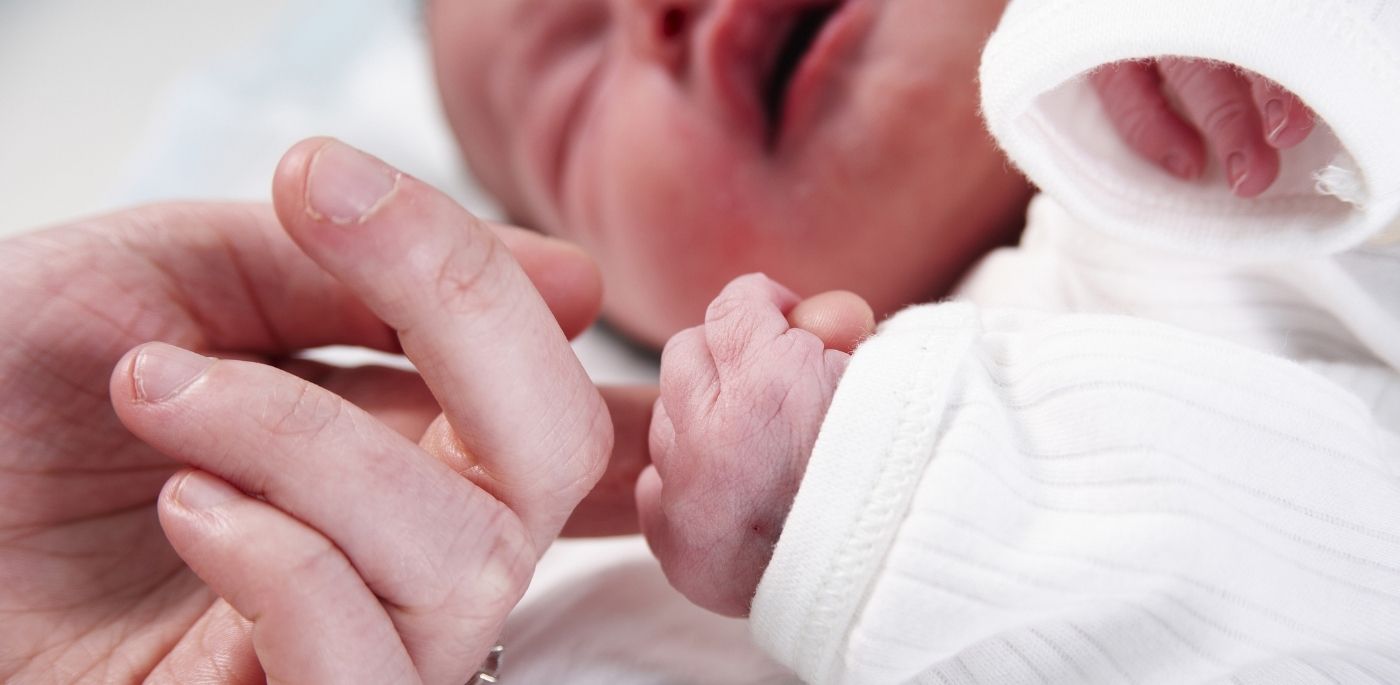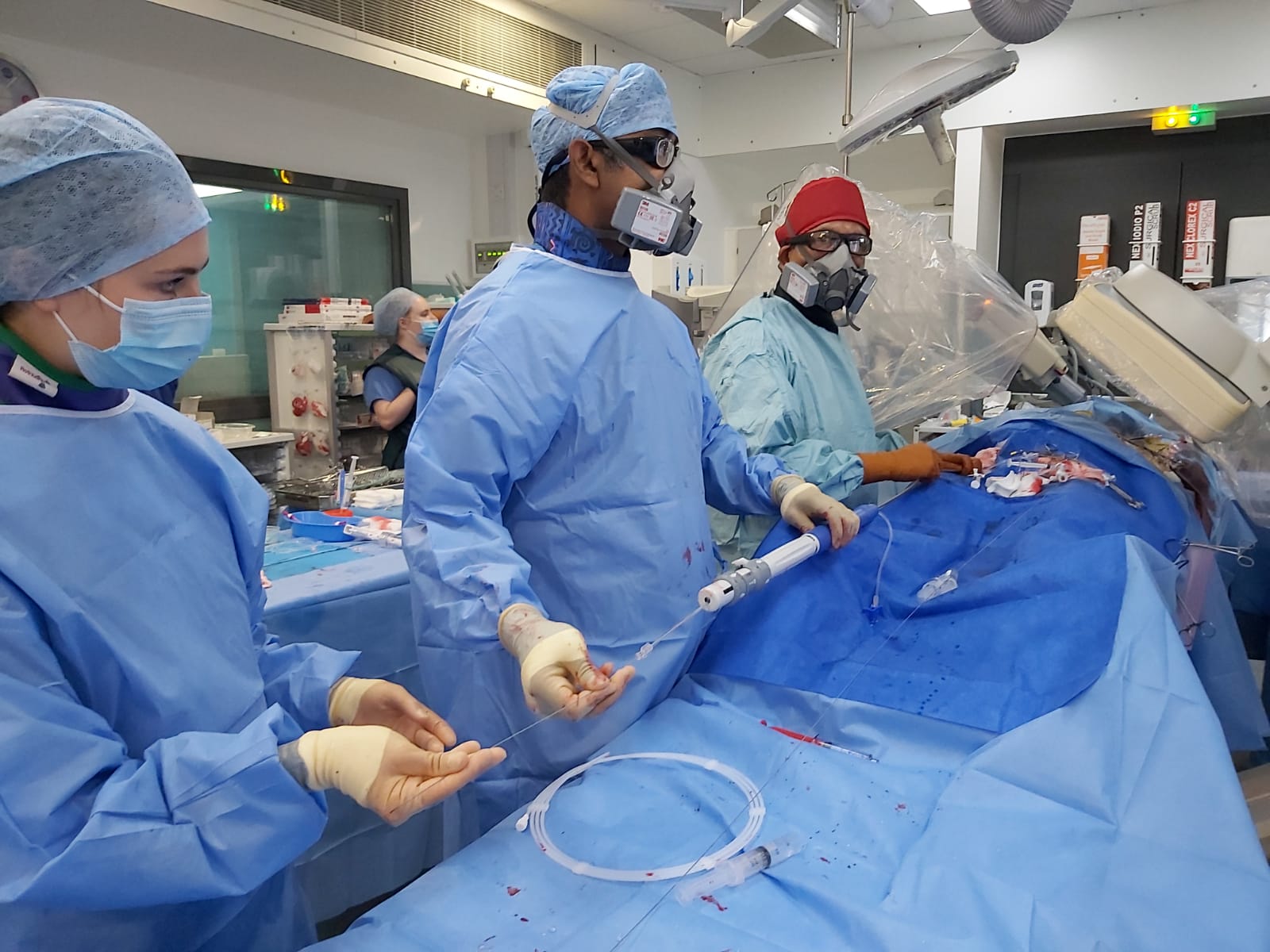We received an incredibly positive response to a story we shared recently from Katie, who had her baby Jack during lockdown.
In light of the current coronavirus situation and the associated restrictions, we felt it would be good for you to know that, when it’s time for your baby to arrive, we have all the family’s best interests at heart and we’ll do all we can to make your birth experience a positive one.
With that in mind, mum-of-two Rachael has also given us permission to share her experience with you. Rachael’s experience of giving birth to baby Austin was not without its clinical difficulties, but she says the staff looking after her kept her safe and feeling well supported all the way through.
“I had my son Austin in lockdown in June and received absolutely amazing care.
“Before he was born, I had lots of hospital appointments due to recurrent miscarriages and previous problems in pregnancy with my daughter.
“I was already more anxious because of our history, and dreaded the thought of going to appointments on my own in case something was wrong. Thankfully everything was okay, and at each appointment all of the staff were so friendly, chatty and professional.
“I needed to attend the hospital several times due to reduced movements, and each time I called up the staff were brilliant, encouraging me to go in, and it was very reassuring to be checked over and put on the monitors.
“I had to be induced, which I was a bit upset about as I knew at the time my husband and two-year-old wouldn’t be able to visit. All of the staff were incredibly friendly and chatty and provided amazing care. Most of the staff who looked after me this time around had looked after me during my induction with my daughter two years ago, so I knew I was in great hands as they were all brilliant then too.
“One of the midwives, Alison, kept my spirits up by trying to guess what my son was going to be called. We hadn’t told anyone his name as we wanted him to be the first to know, so Alison affectionately and jokingly kept referring to him as “baby Bert” when she was looking after me. Little things like this just really helped to keep me smiling while I had to stay in.
“Unfortunately, my induction wasn’t successful, so I was able to go home and was told to return the following day when I’d either have a Caesarean section or an attempt to break my waters would be made.
“Robin, the doctor, was brilliant; I’d seen him in the clinic for my plan and he had booked my induction. He reviewed me on the day I returned and gave me, in his words “a heroic sweep”, again said in such a joking and reassuring way, and it did actually start my labour and saved me from having a C-section. He had also nicknamed my son “Baby Top Secret” as he also wanted to know what he was going to be called!
“My labour initially progressed quite quickly, and the staff on Maple Ward were brilliant. I was unwell and in quite a lot of pain, but Cat was brilliant with me, she was so caring, even ringing my husband for me when I got upset – she was so sympathetic.
“When I got to the labour ward, my epidural was arranged quickly and my husband arrived just in time for this. During my son’s birth, both mine and my baby’s heart rates began to drop, and I was having difficulty pushing. Our midwife, Jo, was really calm and promptly arranged for doctors to review me and they approved the use of forceps to help deliver my son.
“All the staff in the room were incredible, they were very caring and explained what was happening. Our son, Austin, was delivered safely, and they were great with my husband too.
“We were transferred to the post natal ward around 7 hours later, and the outstanding care continued there too.
“The day after Austin was born, Robin popped in to see us on the postnatal ward, had a cuddle and said he was glad his sweep had worked. He was so kind and caring, and was clearly pleased to see my son had been delivered safely. The continuity of care was incredible and I felt so valued. I really appreciated him “visiting” us when nobody else could.
“I genuinely cannot fault anything or anyone, and despite the complications which arose, I felt totally safe and well cared for.
“I’d like to offer a huge thank you to all the midwives, everyone on Maple Ward who looked after me during my induction, especially Alison, Karen, Becky, and Cat who got me up to Labour Ward, Jo who delivered Austin, and Tracey on Rowan Ward, our consultant Keith and, of course, Robin whose heroic sweep saved me from a section. The anaesthetists and doctors who helped deliver Austin during what turned out to be a bit of a dramatic birth were also fantastic.
“You are all amazing and we’re so grateful for the outstanding care we received.”

















 The patient developed an aneurysm – an abnormal bulge or swelling – in his aorta, the major blood vessel that carries blood from the heart to the rest of the body, around ten years ago but recovered after surgery.
The patient developed an aneurysm – an abnormal bulge or swelling – in his aorta, the major blood vessel that carries blood from the heart to the rest of the body, around ten years ago but recovered after surgery. However, Dr Raghu planned to help design windows in both grafts to create the “fenestrated Altura graft” – a two-cylinder graft with fenestrations over the kidneys – to save his patient.
However, Dr Raghu planned to help design windows in both grafts to create the “fenestrated Altura graft” – a two-cylinder graft with fenestrations over the kidneys – to save his patient.